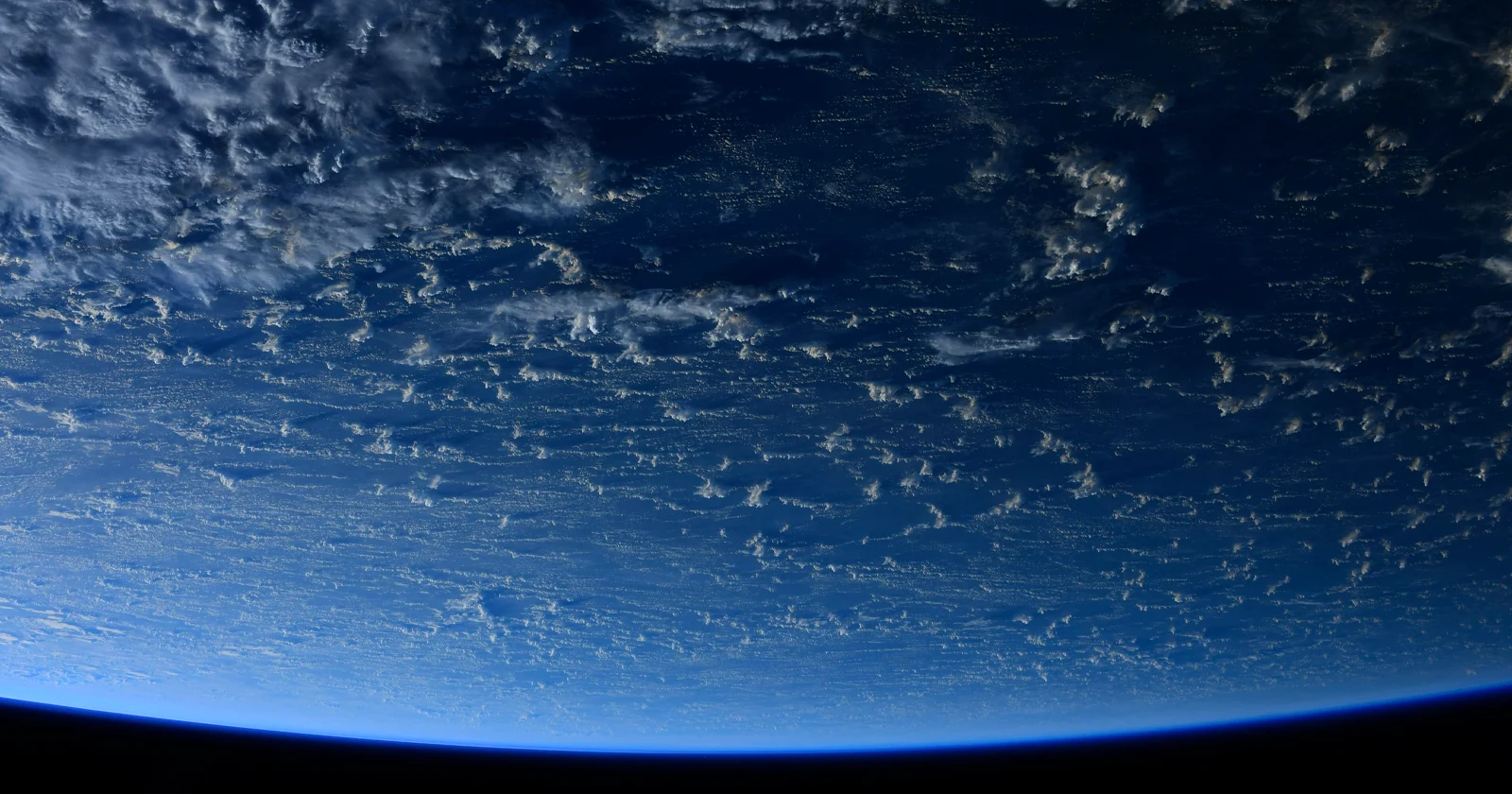
Sodium chloride, the humble table salt, has taken center stage due to a few minuscule crystals found in an asteroid sample. This finding, published in Nature Astronomy, has sparked interest among researchers, as the crystals could have only formed in liquid water.
Cosmic salt
What makes this discovery even more intriguing is the origin of the sample. It comes from an S-type asteroid, a category known to primarily lack hydrated minerals.
This revelation challenges previous assumptions and suggests that many asteroids hurtling through the solar system may not be as dry as once believed.
The implications are profound, as it lends renewed support to the hypothesis that water on Earth may have arrived through asteroids during the planet’s tumultuous early days.
Tom Zega, a professor of planetary sciences at the University of Arizona Lunar and Planetary Laboratory and the study’s senior author, along with Shaofan Che, the lead study author and a postdoctoral fellow, conducted a sample analysis collected from the asteroid Itokawa in 2005.
These samples were brought back to Earth by the Japanese Hayabusa mission in 2010. Itokawa, a peanut-shaped near-Earth asteroid approximately 2,000 feet (610 meters) long and 750 feet (229 meters) in diameter, is thought to have broken off from a larger parent body.
Through their research, Zega and Che showed the salt crystals originated from the asteroid, dismissing any contamination possibility after the sample’s return to Earth. When examined under an electron microscope, the grains bore an uncanny resemblance to ordinary table salt, displaying distinct square-shaped crystals that were both fascinating and surreal to the researchers.
“The grains look exactly like what you would see if you took table salt at home and placed it under an electron microscope,” Zega said. “They’re these nice, square crystals. It was funny, too, because we had many spirited group meeting conversations about them because it was just so unreal.”
The samples belonged to an extraterrestrial rock known as an ordinary chondrite, constituting about 87% of the meteorites collected on Earth. Until now, very few ordinary chondrites had been found to contain water-bearing minerals.
“It has long been thought that ordinary chondrites are an unlikely source of water on Earth,” Zega said. “Our discovery of sodium chloride tells us this asteroid population could harbor much more water than we thought.”
Scientists generally agree that Earth, Venus and Mars formed in the inner regions of the solar nebula, where temperatures were too high for water vapor to condense. This led researchers to hypothesize that water had to be delivered from the colder outer reaches of the solar nebula, most likely in the form of ice carried by comets or C-type asteroids that migrated inward and impacted the young Earth.
How did water end up on our planet?
The revelation that water could have existed in ordinary chondrites challenges existing theories and opens up new possibilities for understanding water delivery during Earth’s early history.
The sample used in the study was just a dust particle, smaller than the diameter of a human hair, which the team cut a section just wide enough for analysis. Che used various techniques to rule out contamination, including comparing before-and-after photos and conducting control experiments on terrestrial rock samples.
Extraterrestrial matter rais down on Earth on a daily basis, but the majority burns up in the atmosphere. To deliver water to Earth, a large enough rock must survive entry and make it to the surface. Previous studies by Michael Drake, a former director of the Lunar and Planetary Lab, proposed mechanisms for water molecules to become trapped in asteroid minerals and survive impacts on Earth.
Che and Zega speculate that frozen water and frozen hydrogen chloride could have accumulated on Itokawa, sustained by the decay of radioactive elements and frequent meteorite bombardment during the solar system’s early stages. These conditions would have allowed hydrothermal processes involving liquid water to occur. Eventually, the parent body would have succumbed to the constant pummeling, forming Itokawa and its fragments.
Zega contemplates the possibility of liquid water occupying cavities within the asteroid, allowing water chemistry. The evidence supporting the presence of salt crystals from the beginning of the solar system doesn’t end there.
The researchers also discovered a vein of plagioclase, a sodium-rich silicate mineral, enriched with sodium chloride. This, combined with the associated textures and compositions, provides additional strong evidence of aqueous alteration on the asteroid.
“Those studies suggest several oceans worth of water could be delivered just by this mechanism,” Zega said. “If it now turns out that the most common asteroids may be much ‘wetter’ than we thought, that will make the water delivery hypothesis by asteroids even more plausible.”







